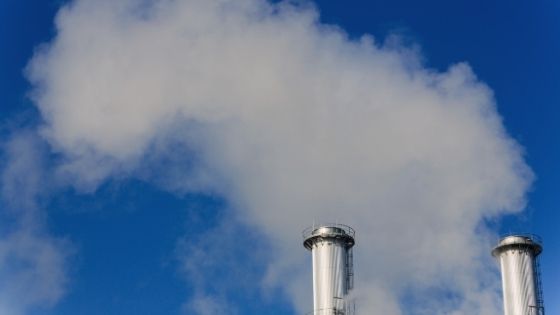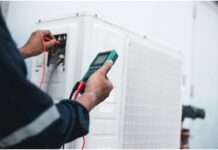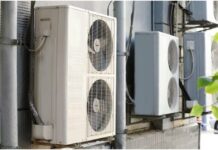Unknown to many individuals, they sometimes get exposed to many kinds of dangerous gases inside their homes. These fumes are so harmful that inhaling a significant amount can lead to intoxication, lung complications, unconsciousness, and—in the worst cases—death.
Thankfully, there are ways to prevent you and your family from getting exposed to these toxic fumes. You can install gas detectors like a MSA ALTAIR 4XR gas detector at your home to ensure you will be notified if the air suddenly becomes too dangerous to breathe. It’s also a great idea to have a gas line plumber check your vents and pipes for any signs of damage or leaks. Being familiar with the different kinds of toxic gases helps a lot too! Read this article to learn about the dangerous fumes at home you should be wary about.
Radon
Radon is a naturally occurring radioactive gas, and it’s one of the most toxic fumes that a person can inhale in high concentrations inside their home. It is usually produced from decaying uranium, which can be found in rocks, soil, and underground water. In most cases, radon simply escapes outdoors where it slowly dissipates in the air and does not cause any harm to humans. However, there are rare instances where the gas can seep through cracks in concrete and other tiny openings in the house’s foundations. When it happens, it might get trapped indoors and be breathed in by the people living there.
Radon is incredibly harmful and is considered to be one of the major causes of lung cancer. The radioactive particles present in it get trapped in the lungs and cause a significant amount of damage. Symptoms of Radon poisoning typically don’t appear until a person’s condition gets worse after a few years.
What makes radon even more dangerous is that it’s extremely difficult to detect. After all, it is a colorless and odorless gas, so a normal person cannot possibly notice its presence without the help of the right device. So, to protect your family from radon exposure, be sure to install a gas detector at home. This tool will notify you if radon levels in a certain area become too high.
Carbon Monoxide
Carbon monoxide (CO) is a colorless and odorless air pollutant present both indoors and outdoors. It is emitted by typical household items, such as gas furnaces and stoves, kerosene lamps and heaters, and electrical generators. One of the ways to prevent exposure to this gas is to have your vents and ducts checked by a gas line plumber. Installing gas detectors at home, particularly in the kitchen, can also be a great help.
CO is extremely toxic. When inhaled in large amounts, the gas will react with the hemoglobin in the body and create carboxyhemoglobin. This process results in oxygen deficiency, which affects tissues and organs. Mild effects include dizziness and nausea, coupled with chest pain, stomachaches, confusion, and vomiting. In severe cases, a person can experience neurological and cardiovascular problems. Cardiac dysrhythmia, cognitive disturbances, and memory loss are just among a few of its most serious effects.
Anyone can experience carbon monoxide poisoning. However, children, pregnant women, and senior citizens are exposed to a greater risk because they have weakened or underdeveloped immune systems. People with lung problems and other chronic illnesses are at a particularly high risk as well.
Hydrogen Sulfide
While hydrogen sulfide is colorless, it can still be easily detected because of its odor. This toxic gas is popularly known for its strong stench that resembles rotten eggs. Hydrogen sulfide is a naturally occurring swamp gas, which is present in pits and sewers. It is heavier than normal air, so it is usually concentrated in low-lying areas, like underground rooms and home basements. While hydrogen sulfide poisoning happens extremely rarely, its severe effects on the human body are still pretty dangerous.
Exposure to hydrogen sulfide causes skin irritation and heavy breathing. But in severe cases, this gas can significantly damage the body’s central nervous and respiratory system. Inhaling hydrogen sulfide also results in the infamous “knockdown” syndrome, wherein the person falls unconscious with little to no warning at all.
What makes hydrogen sulfide even more dangerous is its flammability. When it gets in contact with fire, it can lead to an explosion. When this happens in an indoor setting, it can result in injury and property damage. This is why it’s necessary to have your house checked for the presence of hydrogen sulfide. Call a gas plumber to inspect your sewers for leaks.




















